In a biofloc system, fish fed supplemented diets had significantly higher expression of immune and antioxidant genes
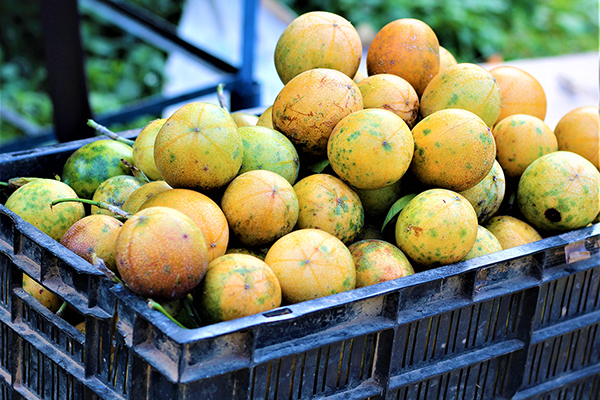
The development of innovative ways to supply appropriate feed additives and develop cost-effective methods of disease prevention and treatment for fish is a top concern. Natural immunostimulants such as prebiotics, probiotics and synbiotics are promising alternatives for modifying the bacterial populations and control infectious disease outbreaks in aquaculture by enhancing dietary intake, nutrition absorption and immune defense systems in aquatic animals.
In this respect, fruit byproducts have been identified as potential supplements in the diets of aquatic species. Fruit byproducts used as feed additives have the potential to minimize waste, reduce aquafeed costs and offer raw materials for the nutritional sectors. Additionally, utilizing these by- and co-products would also have a positive influence on the environment and provide additional advantages to farmers.
The passionfruit (Passiflora edulis) is a species of the Passifloraceae family, which has more than 500 species; it is found mostly in North America, but also in tropical and subtropical Southeast Asia, Australia and New Zealand and has significant economic (projected to reach $1 billion in sales by 2029) and medicinal properties.
Passionfruit peel is a byproduct of the fruit processing industry that makes up around 50 percent of the weight of the fruit, which is typically thrown away as waste. The peel includes a variety of bioactive components, including phenolic compounds, flavonoids, cyanogenic chemicals, anthocyanin, minerals, polysaccharides and vitamins. Numerous investigations using passionfruit byproducts as feed additives have been conducted on sheep, swine, quail and poultry. For fish farming, the incorporation of passionfruit seed meal (including its oil residue) in diets for tambaqui (Colossoma macropomum) and passionfruit juice in tilapia has been investigated. However, there have been few studies on the influences of passionfruit peel powder (PSPP) on the growth and overall well-being of common commercial fish species – particularly Nile tilapia.
This article – adapted and summarized from the original publication [Piyatida O. et al. 2022. Passionfruit (Passiflora edulis) Peel Powder Stimulates the Immune and Antioxidant Defense System in Nile Tilapia (Oreochromis niloticus) Cultivated in a Biofloc System. Fishes 2022, 7(5), 233] – reports on a study to assess the influence of dietary supplementation with powdered passionfruit peel on growth, immunological responses, and the expression of key immune-antioxidant-related genes in Nile tilapia (Oreochromis niloticus) raised in a biofloc system.
Study setup
Nile tilapia fingerlings were purchased from a tilapia hatchery in Chiang Mai, Thailand. Fish were acclimated and fed a commercial meal for two weeks. A total of 300 Nile tilapia (14.22 ± 0.05 grams) were randomly assigned into five dietary treatment groups with PSPP supplemented as follows: control-PSPP0 (0 g/kg), PSPP10 (10 g/kg), PSPP20 (20 g/kg), PSPP40 (40 g/kg), and PSPP80 (80 g/kg). Fish were maintained in 150-liter glass tanks. The experimental trials were conducted in triplicate with 20 fish per tank.
Three weeks before starting the experiment, floc inoculants were generated in each tank (150 L) by adding sea salt (400 g), dolomite (5 g), wheat flour (2 g) and molasses (5 g). After formation, the floc quantity was kept constant throughout the experiment at a level of approximately 8.21 ± 0.15 mL per tank.
Passionfruit was obtained from local markets at Chiang Mai (Thailand) and peels were oven-dried at 60 degrees-C for 48 hours and ground into a powder before experimental and control feed pellets were prepared. Fish were fed twice daily at 3 percent body weight for eight weeks. Temperature, pH and dissolved oxygen were maintained at 25–29 degrees-C, 7.5–7.9, and 5 mg/L, respectively.
For detailed information on the experimental design, fish husbandry and preparation of the experimental diets; fish growth and immune response analysis; and statistical analyses, refer to the original publication.
Results and discussion
The increased immune responses and gene expression levels in fish fed diets with PSPP are likely to be the result of an overall improvement in health and well-being due to a combination of several health benefits associated with dietary PSPP. These include (i) greater immunity against pathogens, indicated by elevated lysozyme and peroxidase levels in skin mucus and serum, and by elevated mRNA transcript levels in the gills and liver tissues; (ii) enhanced antioxidant activity, indicated by elevated transcript levels of various other enzymes; and (iii) PSPP may stimulate the immune defense system in fish, thereby improving survival rates and disease resistance in fish.
Skin mucus plays an important role in fish immune responses. The enzymes lysozyme and peroxidase are important indicators of the immune defense system of fish. In our study, the activities of these enzymes were greater in fish fed PSPP diets than in the control group after four and eight weeks of the feeding experiment. The addition of fruit byproducts or extracts to diets, especially powdered passionfruit peel, has been reported to have a beneficial effect on the immunological activity of Nile tilapia, striped catfish (Pangasianodon hypophthalmus), black rockfish (Sebastes schlegelii) and gilthead sea bream (Sparus aurata).
However, after eight weeks of feeding we observed that tilapia growth performance and feed consumption were unaffected by diets supplemented with passionfruit peel powder (PSPP). These findings were consistent with those of earlier studies – including those on jaraqui (Semaprochilodus insignis) and tambaqui fed passionfruit seed cake; silver catfish (Schilbe intermedius) fed grape, orange, guava and fig residues; Nile tilapia and African catfish (Clarias gariepinus) fed dehydrated lemon peels; Nile tilapia fed passionfruit seed oil and pomegranate peel; rainbow trout (Oncorhynchus mykiss) fed dehydrate lemon peel; Asian sea bass (Lates calcarifer) fed fermented lemon peel; and giant freshwater prawn (Macrobrachium rosenbergii) fed biogas sludge meal – suggesting that the PSPP may not promote the production of digestive enzymes or intestinal absorption due to the large levels of soluble and insoluble fiber in PSPP.
Dietary fiber in PSPP has been shown by various authors to decrease glucose and lipid absorption, resulting in less energy storage and increased lipid and glucose excretion. In our study, there was no discernible difference between the dietary PSPP-supplemented groups. But according to other authors, PSPP has various valuable active components – including phenolic compounds, flavonoids, cyanogenic chemicals, anthocyanin, minerals, polysaccharides and vitamins – which may be of benefit to fish performance. Thus, more investigations are needed to clarify the impact of these extracts on the growth performance of Nile tilapia cultivated in biofloc systems.
The successful application of biofloc in aquaculture depends on the presence of both prebiotics and probiotics. The addition of PSPP in a biofloc aquaculture system may be involved in several processes, such as stimulating the proliferation of favorable bacteria, inhibiting the growth of pathogenic microorganisms, and improving the gastrointestinal condition of fish. And the recycling of nitrogen via its conversion to microbial biomass in biofloc increases the populations of favorable bacteria, enhancing host immunity.
The use of fruit byproducts as feed additives in aquaculture is an efficient approach to conserving the environment and generating more income for farmers. Byproducts, such as peels and seeds, contain many substances with health-promoting effects.
Perspectives
Our results demonstrated that diets containing powdered passionfruit peel at concentrations of 10 to 20 g/kg improved expression levels of innate immune and antioxidant-related genes in Nile tilapia cultured in a biofloc system. However, fish fed PSPP-supplemented feed had no significant differences in growth performance. Further studies should explore this issue to gain a better understanding of the potential benefits of PSPP in Nile tilapia.
Now that you've reached the end of the article ...
… please consider supporting GSA’s mission to advance responsible seafood practices through education, advocacy and third-party assurances. The Advocate aims to document the evolution of responsible seafood practices and share the expansive knowledge of our vast network of contributors.
By becoming a Global Seafood Alliance member, you’re ensuring that all of the pre-competitive work we do through member benefits, resources and events can continue. Individual membership costs just $50 a year.
Not a GSA member? Join us.
Author
-
Dr. Hien Van Doan
Corresponding author
Department of Animal and Aquatic Sciences, Faculty of Agriculture, Chiang Mai University, Chiang Mai 50200, Thailand; and
Innovative Agriculture Research Center, Faculty of Agriculture, Chiang Mai University, Chiang Mai 50200, Thailand
Related Posts
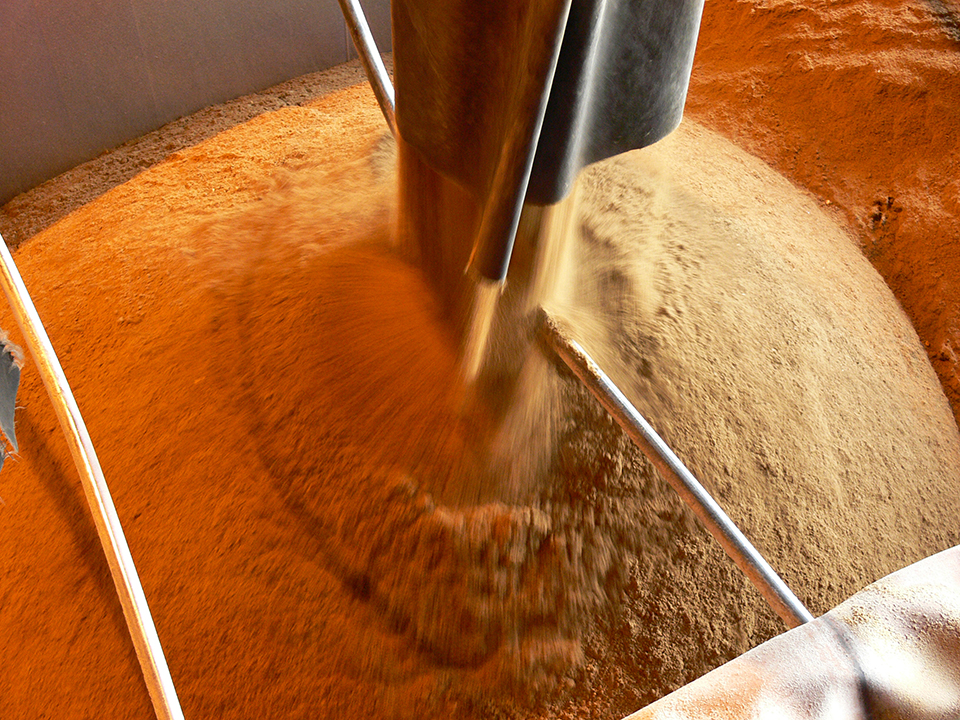
Aquafeeds
Animal byproducts can provide cholesterol for shrimp feed
Animal byproducts like blood meal, meat and bone meal and other rendered products are good sources of cholesterol for use in aquaculture feed.
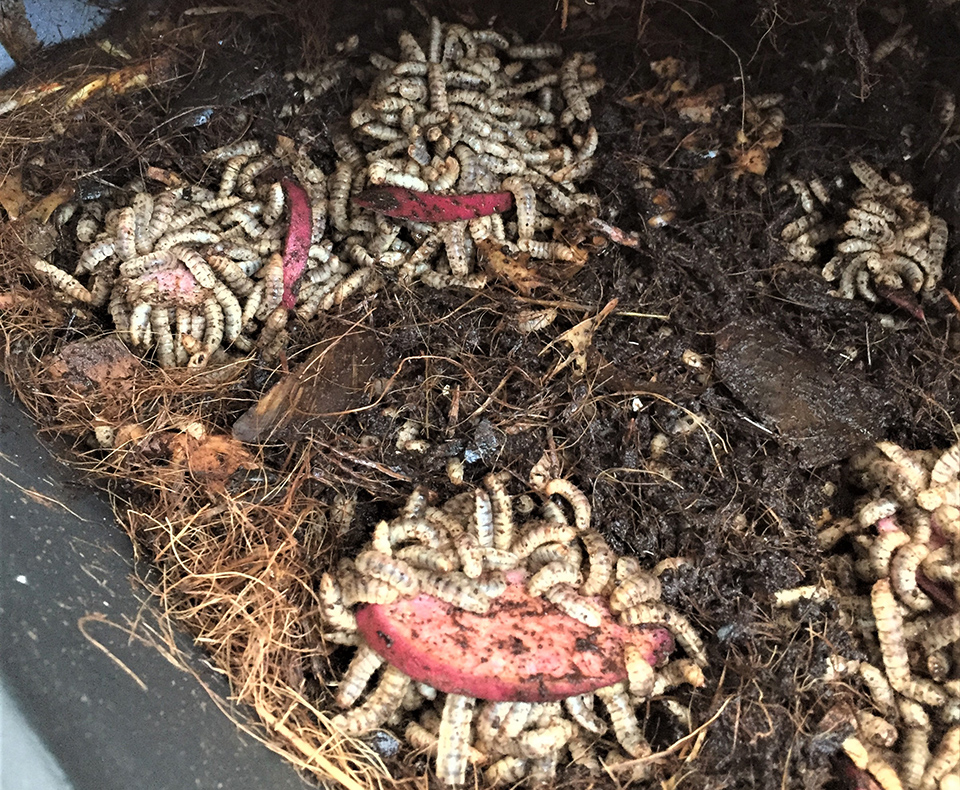
Aquafeeds
Improving the lipid profile of black soldier fly larvae
Black soldier fly larvae fed with marine-based substrates displayed an improved lipid profile with higher polyunsaturated fatty acid levels.
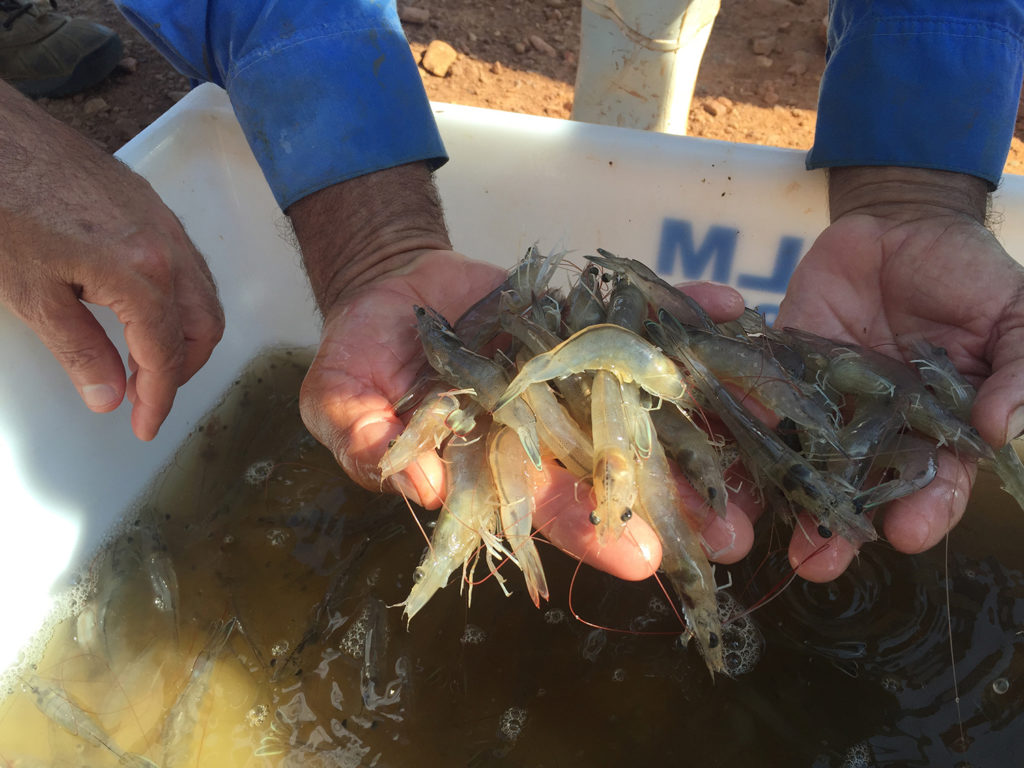
Aquafeeds
Aquafeed supplementation with crystalline amino acids
Authors present a practical review of modern formulation options including crystalline amino acids in fulfilling nutritional requirements in aquafeeds.
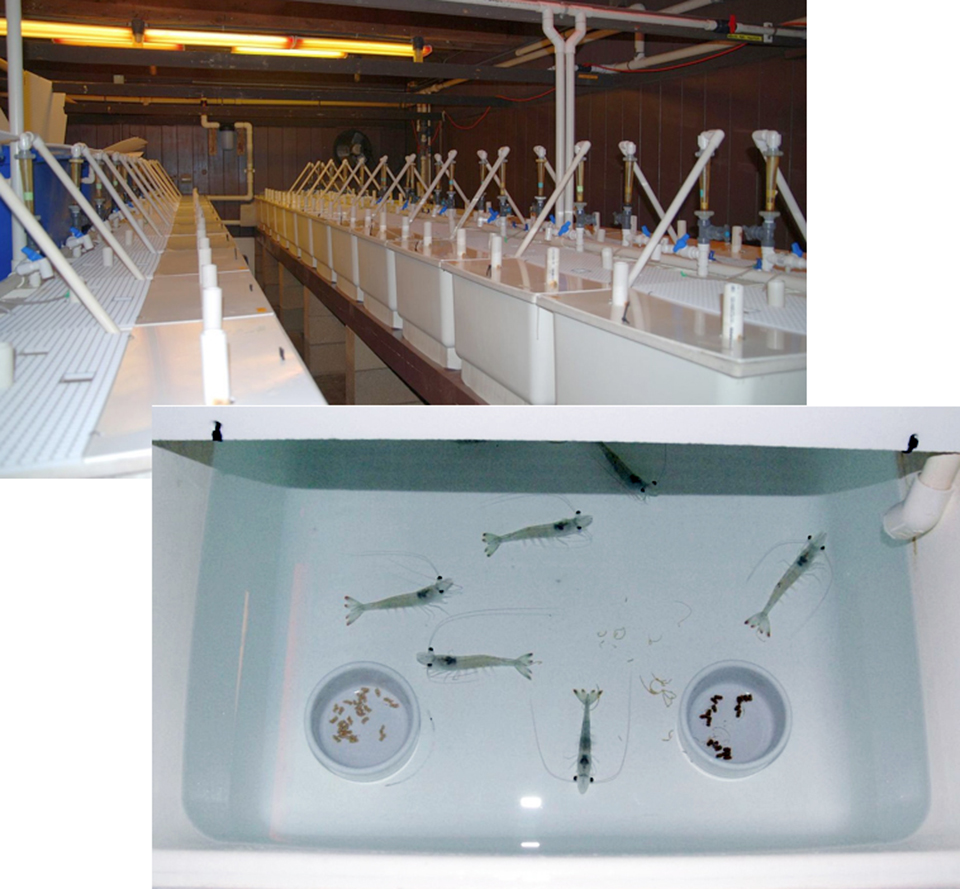
Health & Welfare
Fishery byproducts evaluated as feeding stimulants in plant-based shrimp diets
New cost-effective additives, such as fishery byproducts, will likely be needed to meet the increasing demand for feeding stimulants by aquafeed producers.



